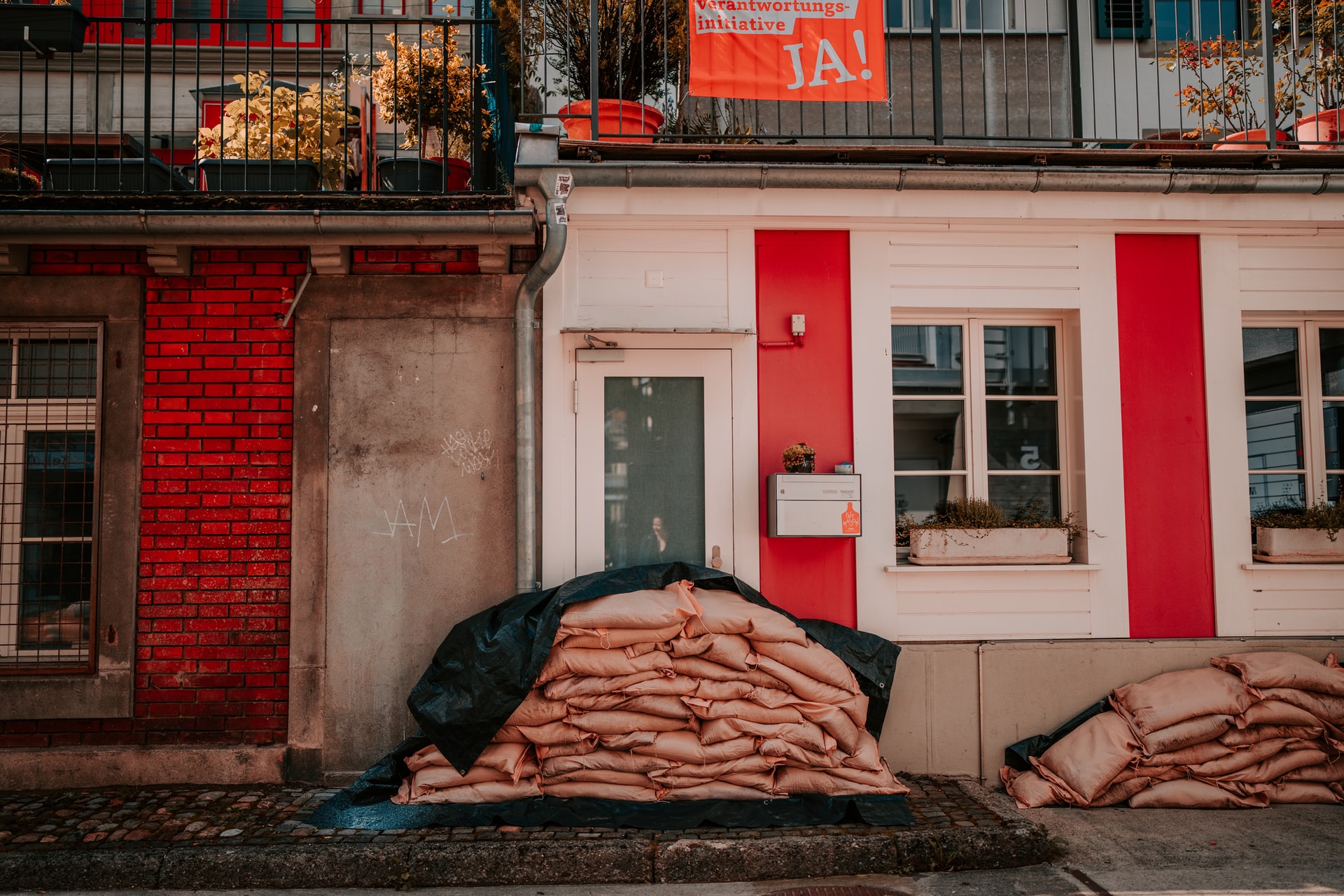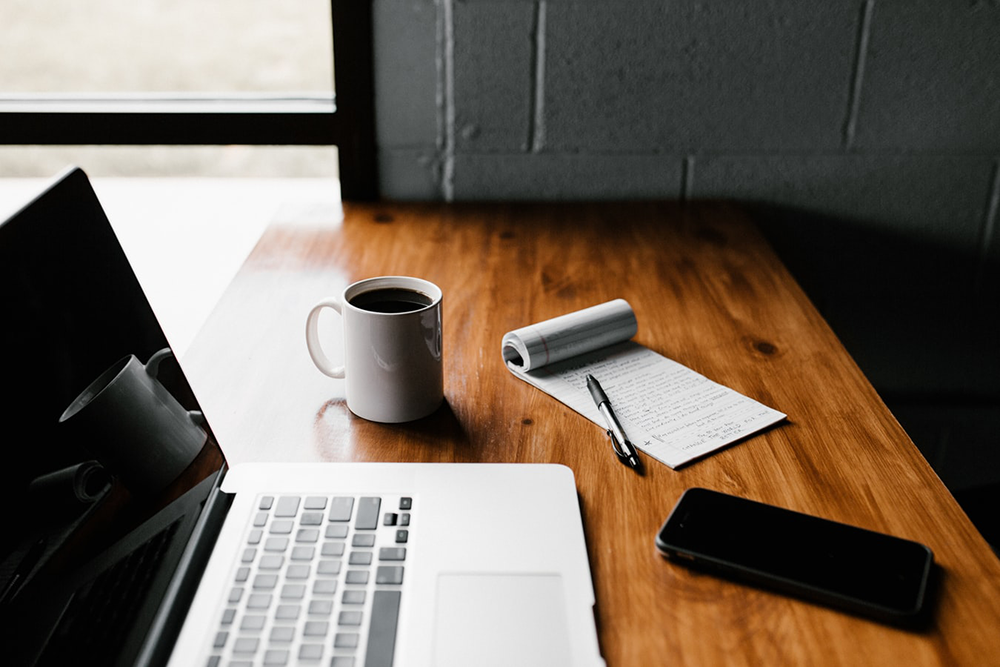
Flash Flood Tips: What to do before, during and after storm flooding
By: 911 Water Damage Experts
Being prepared for a flash flood isn’t something we often think about.
But knowing what to do during a flash flood is something we take seriously. According to the National Centers for Environmental Information (NOAA) in 2021, “there have been 8 weather/climate disaster events with losses exceeding $1 billion each to affect the United States. Overall, these events resulted in the deaths of 331 people and had significant economic effects on the areas impacted.”
So if you don’t know what to do before, during and after a flash flood, we provide a clear checklist that you can use.
Let’s get right into it!
Before
Source: Unsplash
- Monitor your local weather channel, radios, and the NOAA site.
- Be aware of your surroundings.
- If you are issued a flash flood warning in your area do the following:
- Avoid low areas subject to flooding.
- Do not drive during a flood.
Compile disaster supplies:
- Filtered drinking water.
- Dry canned goods or food that doesn’t require cooking.
- Cash.
- Medications and first aid supplies.
- Clothing and toiletries.
- Battery-powered radio.
- Flashlights.
- Extra batteries.
- Important documents: bank account numbers, license/passport, health insurance cards
Evacuate:
- Identify places and locations for refuge.
- Identify alternative travel routes that are not susceptible to flooding.
- If you have any pets, find a safe place for them.
- Fill your vehicle’s gas tank.
- If told to leave, do so immediately.
Evaluate your family disaster plan:
- Discuss flood plans with your family.
- Decide on a meeting spot if separated.
- Designate a contact person who can be reached if family members get separated. Be certain each family member has the contact information.
Protect your home:
- Store valuables and move furniture to higher levels.
- Move all hazardous materials to higher areas.
- Disconnect electrical appliances. Never touch them if you are wet or standing in water.
- Bring outside possessions indoors or keep them secure. Examples include lawn furniture, garbage cans, and other movable objects.
- Set the seal on all vents to basements which will prevent flooding.
During
Source: Unsplash
Do not travel but if you must:
- Double check to make sure your vehicle has enough gas.
- Follow recommended routes.
- Avoid disaster areas.
- Watch for washed out roads, landslides, and fallen trees or power lines.
- Practice caution at night because it’s difficult to spot flood dangers.
- Abandon your vehicle if it breaks down. You don’t want to get caught inside.
- If water rises around your car, leave the vehicle immediately. Search for higher ground as soon as possible.
- Under no circumstances should you drive through flooded roadways. If you are caught in flooded roadways stop and turn around.
- Vehicles can be swept away by less than 2 feet of water. That’s not a lot!
- Get out of low areas that may be subject to flooding.
- Avoid flooded areas and do not attempt to cross flowing water.
- Avoid power lines and electrical wires.
Act swifty, put yourself first:
- Move to a safe area before access is cut off by rising water.
- Carpool to avoid getting separated and reduce traffic jams.
- Shut off water, gas, and electrical services before leaving.
- Secure your home: lock all doors and windows.
- Never attempt to walk or swim through flowing water. It’s not safe and water can move quickly.
Stop where you are if the water is above your ankles, it’s best to turn around:
- If it is moving swiftly, water 6 inches deep can knock you down no matter how strong you are.
- It’s happened before – people have been swept away wading through flood waters.
- Don’t allow children in water no matter how shallow it is.
- Turn off electronic devices such as a cell phone if you are carrying it.
If someone falls in or is trapped in flood water do the following:
- Call 911 and alert them of the victim.
- Never go after the victim. Try and wait for professional help.
- While waiting for 911, help the victim out of the water by using a spare tire, rope, or other flotation device if there are some in sight.
After
Never return home until it’s safe:
- Do not return to flooded areas until authorities indicate it is safe to do so.
- Do not visit disaster areas following a flood.
- Travel with awareness.
Follow recommended routes:
- Avoid unnecessary travel.
- Watch for washed out roads, earth slides, and fallen trees or power lines.
- Stay away from broken power lines.
Never enter a building if it is still flooded or surrounded by floodwater. If you must enter a building there are additional steps to take:
- Check for structural damage. Inspect foundations for cracks or other damage.
- Turn off any outside gas lines at the meter tank.
- Do not enter a building that has flooded until local building officials have inspected it for safety.
- One of the most common injuries following a disaster is cut feet – wear sturdy shoes! No flip flops or sandals.
- Only use battery-powered lighting. It is possible that flammable material is in the area.
- Look for fire hazards including: damaged gas lines, flooded electrical circuits, or submerged furnaces.
- Observe potential gas leaks. Open a window if you smell gas or hear a hissing noiseIf you smell gas or hear a blowing or hissing noise. If you can turn off the gas and call the gas company.
Report broken utility lines to authorities:
- Check for sparks, broken or frayed wires, or the smell of burning insulation.
- Turn off the electricity at the main circuit breaker if you can reach it without stepping in water.
- Examine walls, floors, doors, windows, and ceilings for risk of collapsing.
- Watch for wild and domestic animals that could have entered with the floodwaters.
- Let building air out to remove foul odors or escaping gas.
- Document pictures of the damage for insurance claims.
Seek professional help:
- Obtain all necessary medical care. It’s crucial not to ignore minor wounds or illness.
- Reach out to the American Red Cross for food, shelter, and clothing.
- Gas must be turned on by a professional.
- An electrician can check the electrical system and appliances.
- Water must be tested for purity before drinking, and wells pumped out.
Your home is not safe:
- Boil drinking water for 10 minutes if it seems questionable.
- Don’t let children play in floodwater.
- Keep windows and doors open for ventilation.
- In order to avoid structural damage, pump out flooded basements gradually. It is recommended that removing about 1/3 of the water volume each day will help.
- Keep the power off until an electrician has inspected the system for safety. All electrical equipment should be checked and dried before being returned to service.
- Clean and disinfect everything that got wet.
- Service damaged sewage systems as soon as possible.
- When making repairs, protect your property from future flood damage.
Follow local building codes:
- Use flood-resistant materials and techniques.
- Elevate electrical components above the potential flood height.
- Assess utilities such as washer, dryer, furnace, and water heater above the level of possible flooding. There could be additional damage.
- Consider elevation of the entire structure.
- Install a backflow valve in the sewer system which prevents the water in your main water supply lines from flowing in a reverse direction.
What Are The Top Causes of Flash Floods?
Flash floods are rapid flooding events that occur within six hours of heavy rainfall or other triggers. They can cause significant damage and pose serious risks to life and property. Here are the top causes of flash floods:
- Heavy Rainfall: Intense or prolonged rainfall can overwhelm the soil’s absorption capacity and drainage systems, leading to rapid runoff and flash floods.
- Dam or Levee Failure: The sudden release of water due to the structural failure of dams or levees can cause flash floods downstream.
- Snowmelt: Rapid melting of snow, particularly during the spring, can cause rivers and streams to overflow.
- Ice Jams: Accumulation of ice in rivers can obstruct flow. When the ice breaks, it can release a surge of water.
- Urbanization: Cities and towns with impervious surfaces like concrete and asphalt prevent water absorption, increasing runoff and the likelihood of flash floods.
- Deforestation: The removal of trees and vegetation reduces the land’s ability to absorb water, increasing runoff.
- Topography: Areas with steep terrain are more prone to rapid runoff and flash floods.
- Tropical Storms and Hurricanes: These weather events can bring heavy rainfall over a short period, leading to flash floods.
- Soil Saturation: When the ground is already saturated from previous rainfall, additional rain can quickly lead to flash floods.
- Blocked Drainage Systems: Debris or inadequate drainage systems can cause water to accumulate rapidly, leading to flash floods.
Top 10 Regional Areas In the USA Most Hit With Flash Floods
- Central Texas (Hill Country)
- Louisiana (particularly New Orleans)
- Oklahoma (especially in the spring)
- Northeastern United States (including parts of Pennsylvania and New York)
- Appalachian Mountains
- Arizona (particularly during monsoon season)
- Southern California (especially after wildfires)
- Missouri (especially around St. Louis)
- Florida (due to tropical storms and hurricanes)
- Nevada (Las Vegas area)
Top Regional Areas In Canada Most Hit With Flash Floods
- Southern Alberta (including Calgary)
- British Columbia (especially Vancouver and surrounding areas)
- Southern Ontario (including Toronto)
- Quebec (including Montreal and surrounding areas)
- Manitoba (particularly Winnipeg)
- New Brunswick (including Fredericton)
- Nova Scotia (including Halifax)
- Saskatchewan (including Regina)
- Prince Edward Island (Charlottetown and surrounding areas)
- Newfoundland and Labrador (St. John’s and surrounding areas)
Top 10 FAQs and Answers About Flash Flood Tips
1. What should I do immediately if a flash flood is imminent?
- Answer: Move to higher ground immediately. Avoid walking or driving through floodwaters. Stay tuned to weather alerts for updates.
2. How can I prepare my home for a flash flood?
- Answer: Install check valves in plumbing to prevent floodwater from backing up into drains. Elevate electrical appliances and utilities. Keep important documents in a waterproof container.
3. What supplies should I have in case of a flash flood?
- Answer: Keep an emergency kit with water, non-perishable food, flashlight, batteries, first aid supplies, and essential medications.
4. Is it safe to drive through floodwaters?
- Answer: No. Just six inches of moving water can knock you down, and one foot of moving water can sweep away a vehicle.
5. How can I stay informed about potential flash floods?
- Answer: Sign up for weather alerts from reliable sources such as the National Weather Service. Monitor local news and weather channels.
6. What should I do if I get caught in a flash flood while driving?
- Answer: Abandon the vehicle and move to higher ground if it is safe to do so. Do not try to drive through the floodwaters.
7. How can I protect my family during a flash flood?
- Answer: Have a family emergency plan in place. Ensure everyone knows the evacuation routes and has a meeting point. Keep emergency supplies accessible.
8. What are the signs of an approaching flash flood?
- Answer: Signs include heavy rain, rapidly rising water levels, unusual sounds like rushing water, and alerts from weather services.
9. How can I mitigate flood damage after a flash flood?
- Answer: Document the damage with photos and videos. Contact your insurance company to start a claim. Clean and disinfect your home to prevent mold growth.
10. What should I do if I encounter floodwaters while walking?
- Answer: Turn around and find another route. Avoid walking through floodwaters, as they can be contaminated or hide dangers like sharp objects or downed power lines.
If you have any questions about storm damage restoration or emergency flood water removal feel free to call us at 1-833-WE-DRY-IT or chat with us on social media any time 24/7/365 all the time. We’re there when you need us!
Related Posts
Restaurant flooded? Here’s how to deal with a restaurant flooding
What’s causing mould in your home? Here are the top reasons why
How to prevent mould growth after a flood
A pipe burst in my business building – what do I do?
What to do when a water pipe bursts in your apartment
Hire the right mould removal company by asking these vital questions
15 interesting facts about mould
What causes mould damage and what you can do about it
Top common signs of water damage: here’s what to look for




